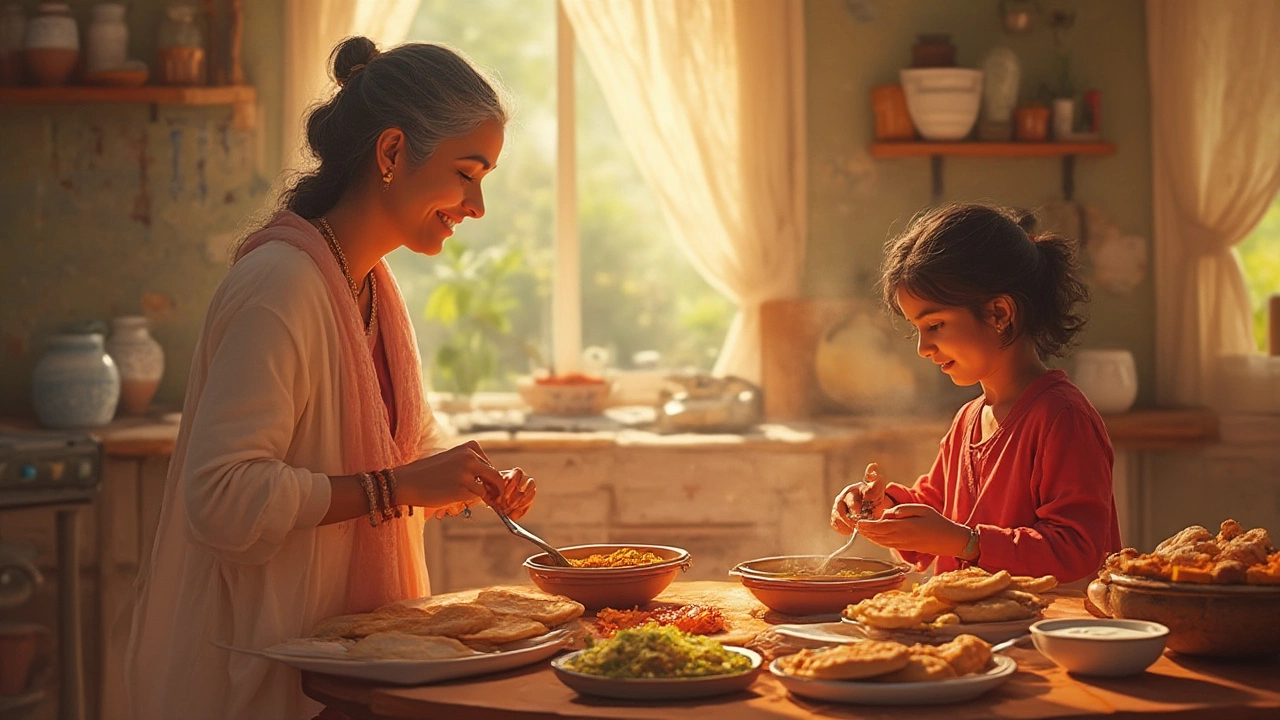Indian recipes low spice
When exploring Indian recipes low spice, dishes that keep heat gentle while preserving the rich, aromatic profile of traditional Indian cooking. Also known as mild Indian cooking, it appeals to anyone who loves the culture but prefers less heat. This collection brings together recipes that balance flavor, nutrition, and simplicity, proving you don’t need a blazing pepper to enjoy Indian food.
The broader Indian cuisine covers a wide range of regions, ingredients, and techniques from north to south often relies on a spectrum of spice level the amount of chili heat used in a dish, ranging from mild to fiery. Low‑spice dishes still use the core spice mix—cumin, coriander, turmeric, and garam masala—just in smaller quantities or with milder chilies. By adjusting the spice level, cooks can highlight the natural sweetness of vegetables or the depth of lentils without overwhelming the palate. This approach respects the original flavor base while making the meal accessible to all ages.
One big reason people gravitate toward milder meals is health. healthy Indian meals focus on balanced nutrition, using legumes, whole grains, and fresh produce while limiting excess oil and salt often have lower spice intensity. Cutting back on chilies can reduce digestive irritation for sensitive stomachs, and it lets the natural nutrients of dal, paneer, and vegetables shine. Vegetarian Indian dishes, a staple of this tag, provide ample protein without heavy meat, making them ideal for heart‑friendly eating. The recipes below showcase how to keep meals light, tasty, and nutritionally sound.
How cooking techniques keep flavours bright
Cooking techniques matter as much as ingredients. Cooking techniques methods like tempering spices, soaking pulses, and slow‑cooking sauces that unlock flavors without relying on heat are key to low‑spice success. For example, tempering mustard seeds and curry leaves in a little oil releases aromatics that boost taste without adding heat. Soaking urad dal overnight, as many dosa recipes suggest, creates a smooth batter that crisps nicely without needing extra chilies. Similarly, finishing a dal with a squeeze of lemon instead of extra chili brightens the dish and balances the earthiness.
Regional examples illustrate the concept well. South Indian dishes such as plain dosa or idli use a fermented batter that’s naturally tangy; a pinch of green chilies can be omitted for a milder version that still delivers crunch and flavor. In the north, dishes like butter paneer or dal makhani rely on cream and butter to mellow any heat, allowing the spices to be perceived as sweet and aromatic rather than hot. These dishes prove that low‑spice Indian cooking can be just as satisfying as its fiery counterparts.
Beyond taste, low‑spice cooking influences lifestyle choices. Families with young children, elderly members, or those managing conditions like acid reflux often prefer milder plates. Restaurants offering “mild” options see higher satisfaction among such diners, and home cooks appreciate the flexibility to adjust heat on the fly. By mastering the balance of spices, you gain control over both flavor and health outcomes, turning every meal into a personalized experience.
Below you’ll find a curated set of articles that dive deep into the how‑to’s of low‑spice Indian cooking. From mastering the perfect dosa batter without extra soda, to understanding the nutrition behind vegetarian meals, each post adds a piece to the puzzle. Whether you’re looking for quick tips, detailed technique guides, or regional recipe ideas, this collection equips you with practical knowledge to create flavorful, gentle Indian dishes at home.

A Guide to Very Mild Indian Dishes: Flavors Without the Fire
Curious about very mild Indian food? Discover gentle, flavorful Indian dishes perfect for sensitive palates, plus tips, facts, and recipes anyone can love.
- Chutney Recipes (13)
- Healthy Living (12)
- General (11)
- Easy Indian Recipes (9)
- Chicken Curry Recipes (9)
- Paneer Recipes (8)
- Healthy Indian Snacks (8)
- Dal Recipes (7)
- Street Food (7)
- Dosa Recipes (7)
-
Dressing Comfortably in India: Wearing Shorts and Trying Street Food
18 Jan 2025 -
Why Is Biryani Considered Unhealthy?
8 Mar 2025 -
Chicken Curry Recipe: What Makes a Delicious Curry?
1 Jun 2025 -
Why Restaurant Biryani Tastes Different: Recipe Secrets Unlocked
6 Jun 2025 -
Is Tikka Masala Healthy? What You Need to Know
3 May 2025
25.07.25
Kaia Binari
0